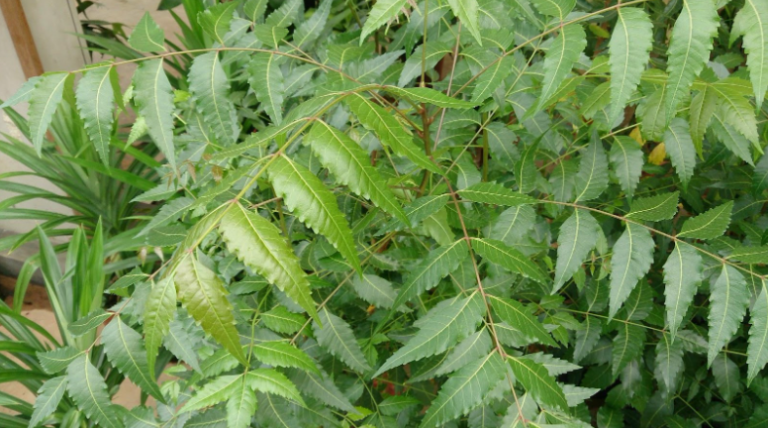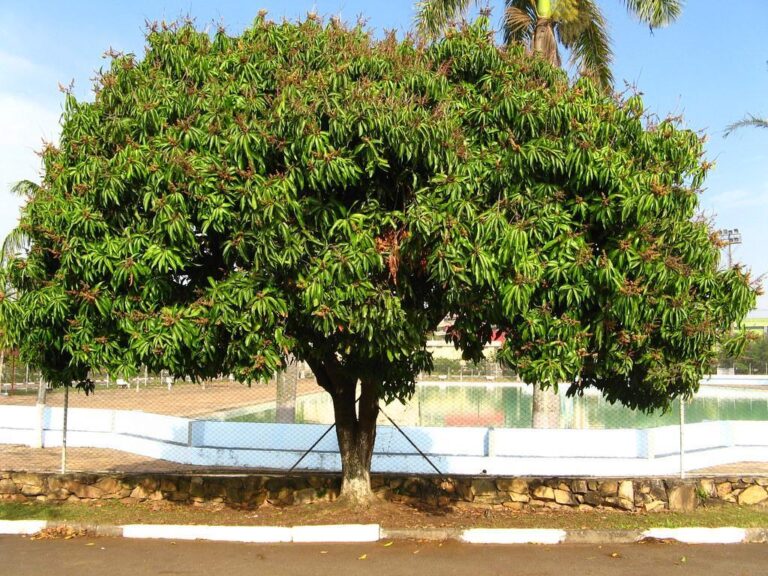Willow Tree: The Graceful Guardian of Nature
There’s a quiet poetry in the way a willow tree moves. Its long, ribbon-like branches sway with the wind like nature’s own lullaby. Whether it’s standing beside a gentle stream or bending over a misty pond, the willow is not just a tree—it’s a symbol of resilience, calm, and timeless grace.
Scientific Identity of the Willow Tree
- Scientific Genus: Salix
- Family: Salicaceae
- Common Star: Salix babylonica (Weeping Willow)
With over 400 species, willows range from towering trees to compact shrubs. They’re found in temperate climates worldwide—from Asia and Europe to North America.
Popular Willow Varieties You Should Know
- Weeping Willow (Salix babylonica) – Graceful and iconic, ideal for large landscapes.
- White Willow (Salix alba) – Tall, fast-growing; often used in medicine and crafting.
- Pussy Willow (Salix discolor) – Fuzzy buds, loved for decoration and early bloom in spring.
- Dwarf Willow (Salix herbacea) – Tiny shrub version, often used in rock gardens.
- Crack Willow (Salix fragilis) – Named for its easily broken twigs, fast growth and adaptable.
Each species has a unique charm—some offer shade, others aesthetic appeal, and many help with soil restoration or wildlife support.

The Willow’s Role in Nature
Willows are nature’s quiet caretakers, performing essential environmental functions.
- 🛡️ Soil Savior: Deep roots anchor the earth and stop erosion along riverbanks and lakes.
- 💧 Water Wizard: They absorb excess water, making them perfect for flood-prone or wetland areas.
- 🐦 Wildlife Magnet: Birds, bees, butterflies, and even frogs depend on willows for food and shelter.
- 🍃 Air Cleaner: Willows, like all trees, filter CO₂ and contribute to a healthier atmosphere.
Symbolism and Cultural Significance
The willow has lived in human memory for centuries.
- 🏯 Eastern traditions: Represents femininity, flexibility, rebirth, and immortality in Chinese culture.
- 🎭 Western symbolism: Associated with grief, healing, and wisdom—often seen in poetry and memorial gardens.
- 🌿 Ancient medicine: Willow bark was used in Greek and Indigenous remedies for pain and inflammation.
Its message is always the same: you can bend without breaking.

How to Grow a Willow Tree: From Sapling to Grace
Best Conditions:
- Sunlight: Full sun (6–8 hours daily is ideal)
- Soil: Moist, well-draining, but tolerant of clay or sandy soil
- Water: High water needs, especially in the first few years
- Climate: Grows best in USDA zones 4–9, meaning they tolerate cold winters and warm summers
How to Plant:
- Pick Your Spot Carefully
- Avoid planting near underground pipes, septic tanks, or building foundations.
- Give them at least 50–60 feet of spacing from other structures.
- Prepare the Ground
- Loosen the soil and mix in compost.
- Dig a hole twice as wide as the root ball.
- Plant and Water Deeply
- Place the sapling, fill with soil, water well.
- Use mulch to retain moisture and suppress weeds.
- Support Growth
- Stake young trees if wind is an issue.
- Water regularly, especially during dry spells.
- Prune Once a Year
- Late winter or early spring is best.
- Remove dead, weak, or crowded branches to encourage shape and airflow.
Extra Tips for Thriving Willows
- Fast-Growing Nature: Some willow trees grow up to 10 feet per year!
- Pollution Tolerance: Willows can handle urban pollution better than many trees.
- Leaf Drop: Be prepared—they drop many leaves in fall. Use them as mulch!
- Root Awareness: Avoid planting near driveways or drains. Roots will seek water.
Uses of Willow Wood and Bark
Willow wood is lightweight, flexible, and easy to work with.
- Cricket bats – Traditionally made from white willow.
- Musical instruments – Used for flutes and string instruments.
- Basket weaving – Young shoots are ideal for crafting.
- Medicinal bark – Source of salicin, the natural precursor to aspirin.
Fascinating Willow Facts
- Willows can grow directly from a cut branch placed in water or soil.
- Willows provide one of the first food sources for bees in spring.
- Dwarf species grow in alpine or rocky conditions—true survivors.
- Willows are often planted for land reclamation and wetland restoration projects.
Why Willows Belong in Your World
The willow tree isn’t just beautiful—it’s wise, resilient, and deeply connected to both the earth and human emotion.
It teaches us to bend with the wind, heal with time, and grow no matter the struggle. Whether you’re planting one in your yard or admiring it in the wild, the willow brings a message of strength wrapped in softness.
“The willow whispers what we forget: that grace is stronger than force.”







